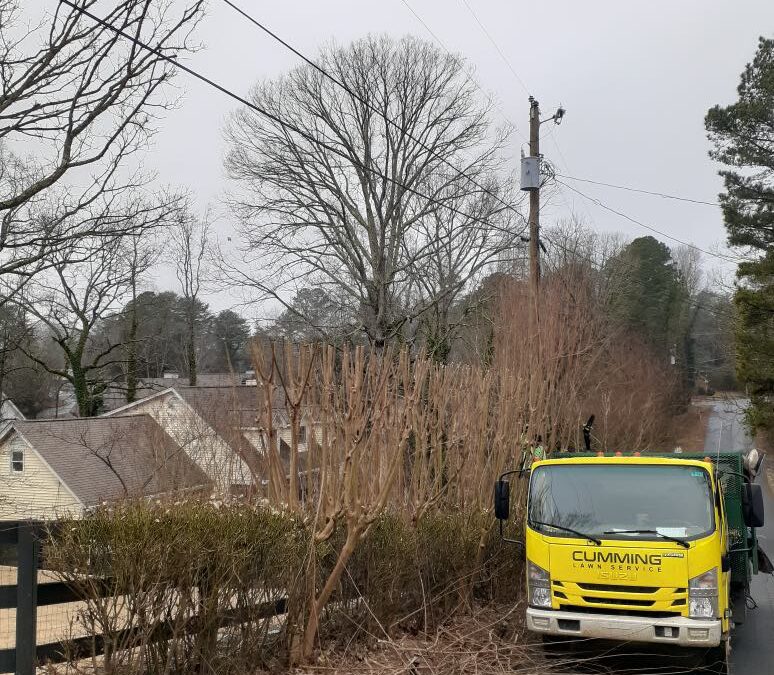How to Prune Crepe Myrtles: A Comprehensive Guide
Crepe myrtles (Lagerstroemia indica) are beloved for their stunning summer blooms, attractive bark, and graceful forms. However, these versatile shrubs and small trees can lose their charm if improperly pruned. Known as the “murdered crape” phenomenon, over-pruning can ruin their natural beauty and flowering potential. This guide will help you prune crape myrtles correctly, ensuring they thrive and remain beautiful year after year.
Why Prune Crepe Myrtles?
Pruning crepe myrtles serves several purposes:
· Encouraging Bloom Production: Proper pruning can stimulate more abundant flowering.
· Shaping the Tree: It maintains a clean, attractive form.
· Removing Dead or Diseased Wood: This promotes overall tree health.
· Improving Air Circulation: Reducing congestion helps prevent fungal diseases like powdery mildew.
When to Prune Crepe Myrtles
The ideal time to prune crape myrtles is during late winter or early spring, when the tree is dormant. This allows you to clearly see the branch structure and encourages healthy growth as the weather warms.
Tools You’ll Need
· Hand Pruners: For small twigs and branches.
· Loppers: For medium-sized branches.
· Pruning Saw: For thicker limbs.
· Gloves: To protect your hands from rough bark.
· Disinfectant: To clean tools between cuts, especially when dealing with diseased wood.
How to Prune Crepe Myrtles: Step-by-Step
1. Assess the Tree:
o Stand back and evaluate the tree’s overall shape and health. Decide what you want to achieve with your pruning.
2. Remove Dead, Diseased, or Damaged Wood:
o Cut back any dead, broken, or infected branches to the nearest healthy wood.
3. Eliminate Suckers:
o Remove any suckers (small shoots) growing from the base of the tree.
4. Thin Out Crowded Branches:
o Identify branches that cross or rub against each other. Remove one of the competing branches to improve air circulation and reduce disease risk.
5. Shape the Canopy:
o Focus on maintaining the natural vase-like shape of the tree. Avoid topping or cutting the tree back excessively (commonly referred to as “crape murder”). Instead, make cuts just above a bud or branch junction.
6. Encourage Bloom Growth:
o If necessary, lightly trim the tips of branches to encourage new growth and more blooms.
Tips for Avoiding Crepe Murder
· Do not cut the tree’s main trunks unless they are diseased or damaged.
· Avoid cutting branches to stubs, as this weakens the tree and promotes unattractive growth.
· Let the tree’s natural form guide your pruning decisions.
Post-Pruning Care
After pruning, provide the tree with adequate water and mulch around the base to retain moisture and suppress weeds. Fertilize in early spring to encourage healthy growth and vibrant blooms.
Common Mistakes to Avoid
1. Over-Pruning: Removing too much wood reduces the number of blooms and weakens the tree.
2. Topping: Cutting main branches to stubs creates a deformed appearance and encourages weak, spindly growth.
3. Pruning at the Wrong Time: Avoid pruning in fall, as this can stimulate new growth vulnerable to frost damage.
By following these guidelines, you can keep your crape myrtles healthy, beautiful, and blooming for years to come. With a little care and the right techniques, your crape myrtles will be the crown jewels of your landscape.
Love this post? Contact Us!

